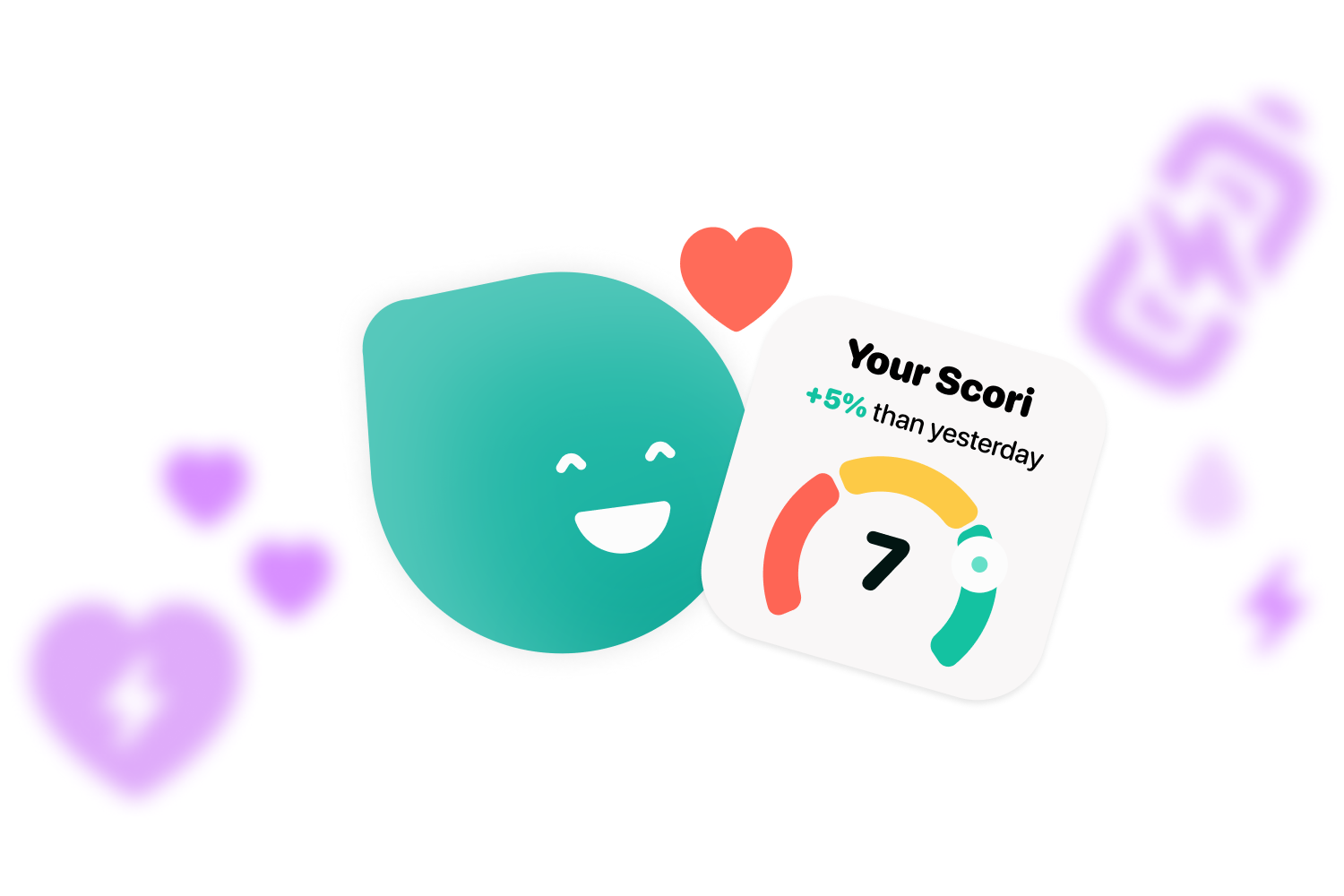If you exercise with diabetes and you want to know how to prevent low blood sugar during training, this article is for you.
Hypoglycemia, or low blood sugar, is one of the common variations among people with diabetes and knowing how to recognize it in time is essential to avoid more serious health problems. Big efforts, such as heavy lifting or long runs, can lead to hypoglycemia. Do you want to know why it happens and how to prevent low blood sugar during training?
Why does hypoglycemia occurs when training?

The body has one main source of energy: glucose. This is regulated by a hormone produced by the pancreas called insulin, which is responsible for moving glucose through the blood and to the different parts of the body.
When we do any activity, whether it is walking to work or playing with our dog, the body converts the glucose in our blood into energy to be able to function. This glucose that is converted into energy is used up, and the pancreas gradually replenishes it back into our bloodstream, giving us energy for the whole day. Things like not eating well or not resting properly make it difficult for glucose to be replenished, which is why we can feel tired if we don’t sleep well.
When exercising the energy we burn is bigger than what we normally use, so the body runs out of reserves before and if it does not have time to dump enough glucose back into the bloodstream that is when hypoglycemia or low blood sugar happens.
Sometimes, however, the opposite can happen too. If the body recognizes that we are doing an exercise that is going to require more energy, it sends more glucose into the bloodstream, causing hyperglycemia. If you want to read more about high sugar and what symptoms it has, you can find all the information in the article called High sugar when exercising with diabetes? I tell you why.
How to prevent low blood sugar during training
To prevent low blood sugar when training with diabetes it is important to keep a continuous monitoring of blood sugar levels with applications such as Cori. This will help you get to know your body better and know with which exercises you expend the most energy.

Become a diabadass!
Join our weekly newsletter and learn
all the tips and tricks.
People with diabetes are especially vulnerable to the dangers of colds and the flu, but there are things you can do to control your symptoms and avoid getting sick in the first place. You may maintain your health even when you’re feeling under the weather by constantly monitoring your blood sugar levels, staying hydrated, getting enough of rest, and adhering to your diabetes management plan. Additionally, you may lower your risk of getting sick and safeguard yourself from any problems by maintaining proper cleanliness, being vaccinated, and generally maintaining good health. Make sure to discuss any worries you may have with your healthcare team for advice and support if you have diabetes and are worried about managing colds and the flu.
Other recommendations to prevent hypoglycemia when exercising are:
- Monitor your glucose levels before and after sports. Light exercise such as dancing, jogging or brisk walking can lower blood sugar levels up to 24 hours later, so maintain continuous monitoring.
- Eat well before activity.
- Readjust your insulin levels if you are going to exercise.
- Always carry fast-absorbing carbohydrates, these will help you in case of low blood sugar.
- If during exercise you think you are experiencing any symptoms of hypoglycemia such as dizziness, sweating or shakiness, stop the activity and check your blood glucose level.
- Avoid prolonged exercise.
- Drink water during activity.
If you liked this article on how to prevent low blood sugar while training and you want to know more about the world of sports and diabetes, don’t forget to follow us at Instagram, Twitter, Facebook and LinkedIn.




